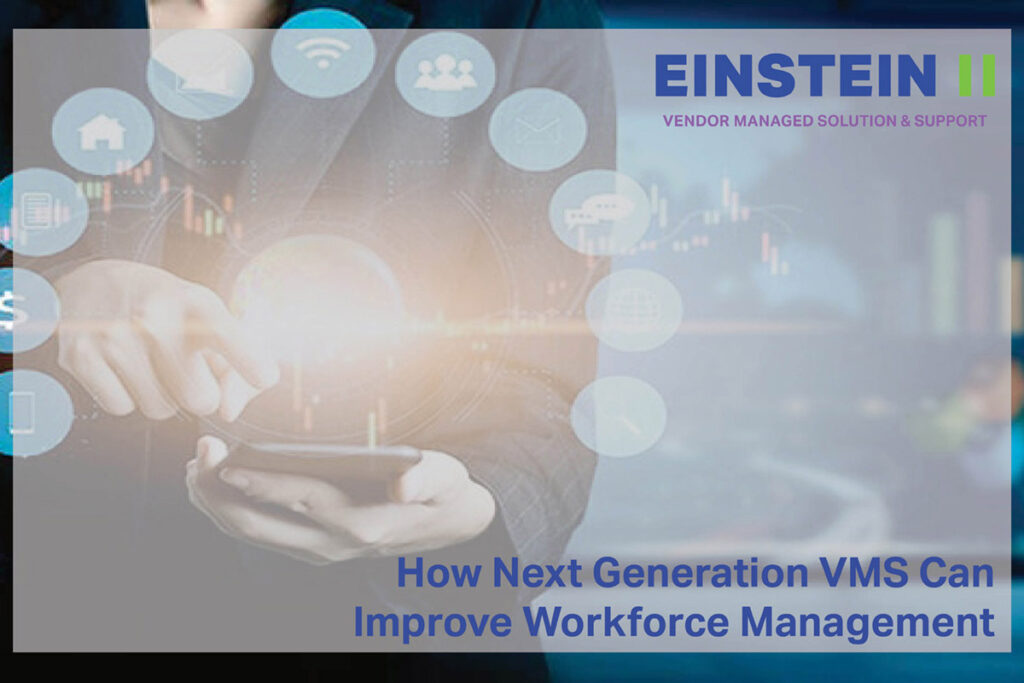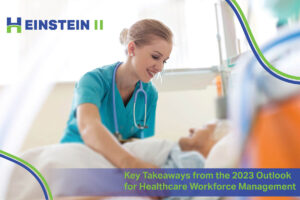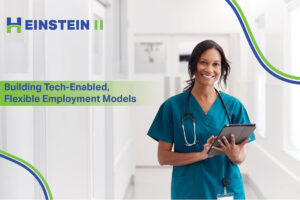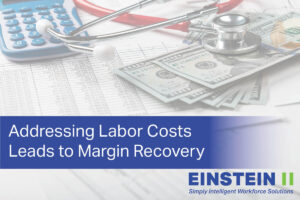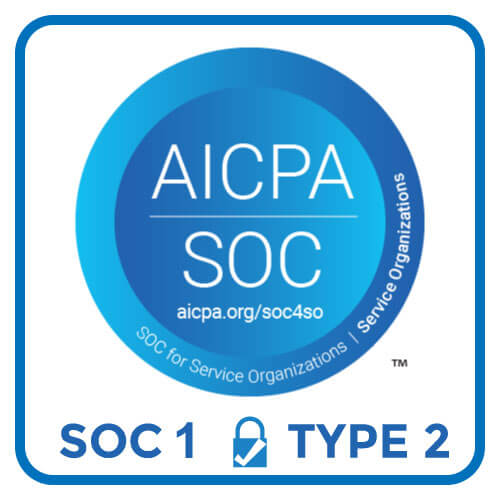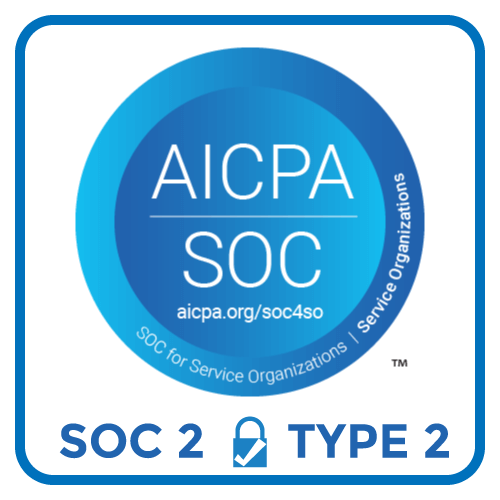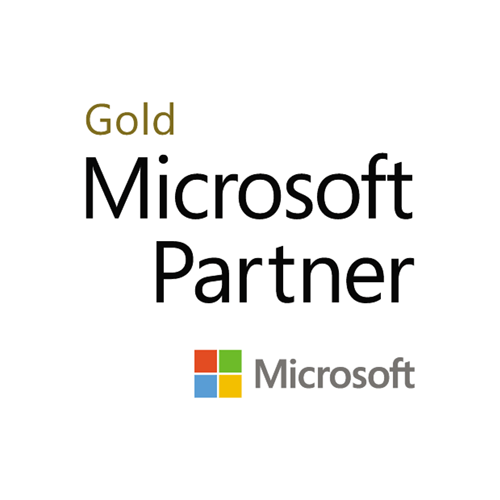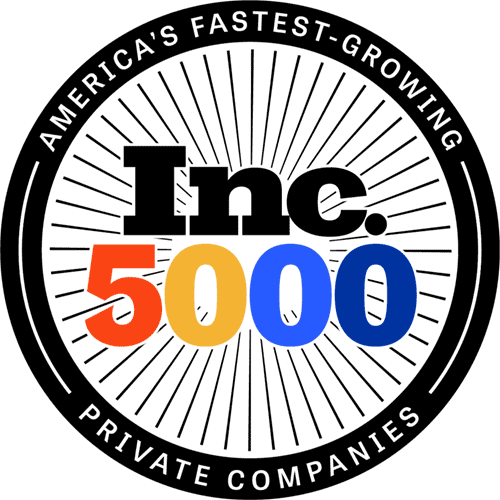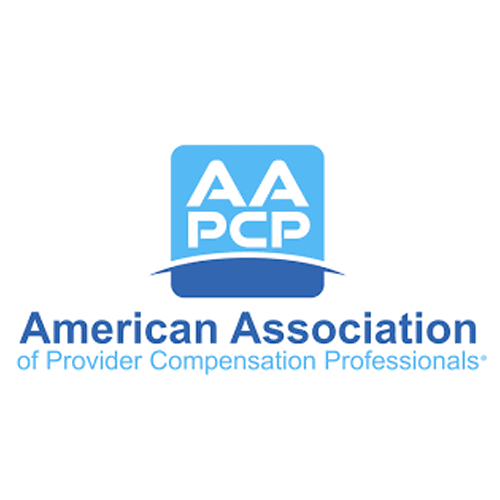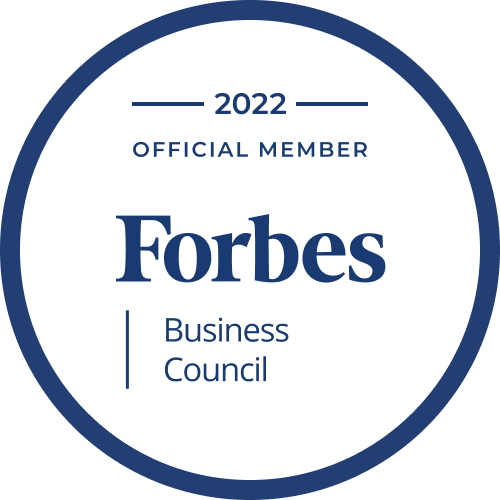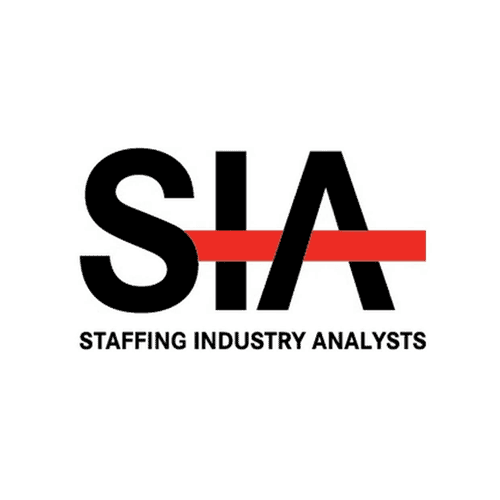In today’s healthcare labor market, hospitals and health systems are having little choice but to continue relying heavily on contract clinical labor. Contract labor as a percentage of total labor hours increased tenfold between 2019 and 2022, and contract labor rates increased 213% over the same period. Even if reliance on premium labor starts to decrease in 2023, it will likely remain elevated over pre-pandemic rates throughout the year and beyond. At a certain point, that labor sourcing model becomes so costly and unmanageable that it forces major staff reductions.
Vendor Management System (VMS) technology has proven to be a huge boon to hospitals as an engine of financial recovery in this situation. VMS functionality enables hospitals to break out of the cycle of rising costs by sourcing, managing, and deploying their own external contract labor with their own vendor panels. The right VMS can even serve as a feeder for an organization’s float pool program.
However, in a market that shifts as rapidly and dramatically as healthcare, hospitals cannot afford to rely on limited or outdated VMS technology, which could potentially leave them without the tools needed to respond to current and emerging workforce challenges. But what characteristics or differentiators define future-forward VMS technology that can simultaneously navigate today’s challenges and position hospitals and health systems to proactively meet tomorrow’s needs?
1: A single integrated platform to manage both internal and external contract labor
“If I had to focus on what clients most need in a future-proofed workforce solution, it would be single app-enabled platform for internal and external resource management,” says Brandon Chamberland, SVP for Product & Partnerships at Hallmark Health Care Solutions. That’s what Hallmark Health Care Solution’s next generation Einstein II platform provides. An integrated platform matters because maximally reducing reliance on expensive contract labor requires twin strategies operating in tandem:
- It starts with cultivating an internal agency that can replace (or reduce) the need to contract out to staffing companies in the first place.
- Then, it means replacing middlemen (like MSPs) with an in-house platform that offers complete visibility into rates, more control over candidate selection, reduction in time to fill, and ultimately decreased costs.
One example of a next generation platform that enables these strategies is Einstein II. On average, health systems using Einstein II see a 97% fill rate, 20% reduction in spend during their first year, and a fill rate of 11 days. It also facilitates greater flexibility in recruiting and retaining clinical staff.
“The idea is to minimize the use of external labor and maximize the use of internal labor by converting some of those travelers over to internal labor. And we’ve been able to do that.”
– Betsy Coomer, Director, Norton Clinical Agency which uses the Einstein II platform
2: Next-level reporting and insights
The second defining characteristic of a next-generation VMS is the transparency and data analysis it enables. Any technology platform can produce reporting; few platforms produce genuine insight and understanding.
Specifically, next-gen technology can provide visibility into current (real-time) and historical data and can enable detailed information searches. It places the right information at the user’s fingertips exactly when they need it. If an administrator or analyst wants to compare bill rates by candidate or track labor costs by project type or purchase order, future-forward technology makes such information available through one of dozens of pre-built report widgets or enables them to build custom reports on the fly with drag-and-drop ease. That level of dynamic reporting is crucial in meeting emergent challenges whether it be today or two years from now.
In addition, users can:
- Automate reports to run a schedule of their choice
- Select a specific distribution list
- Download the report’s multiple document formats
- Format reports with modern, impactful graphics
- Drill down into more detailed information
3: Frictionless user experience
Next-gen technology must also integrate seamlessly with existing workflows and systems. With advanced integration options leveraging both custom and out-of-the-box APIs, for instance, Einstein II integrates with other HR, timekeeping, job requisition and invoicing tools. In other words, it works with whatever technologies you already use in order to yield a continuous flow of information and functionality.
Integration also amplifies time and labor savings. “Operating in multiple systems that don’t communicate with each other will increase the burden of work for frontline operators,” says Matt Dane, Vice President of Business Development for Einstein II. “Workforce technology should relentlessly advance operational efficiency by requiring the least number of clicks or touch points to procure and schedule labor.”
Minimizing administrative labor maximizes workflow efficiency. For instance, admins can instantly create custom candidate pools of pre-vetted candidates per any criteria (e.g., those whose credentials have already been validated and/or have been onboarded already) instead of having to build out a list by hand. Similarly, multi-tenant accounts, housing all candidates means just one profile can easily be applied to orders across clients; users don’t have to individually apply the same candidate across multiple orders. In short, everything just gets easier to do.
4: Connecting with clinicians more effectively
Seamless workflows, combined with app-based communication, are a must-have when it comes to selecting a next generation VMS platform. Today’s tech-enabled workforce wants to connect with hospitals, browse openings, and schedule shifts entirely from their personal devices. If hospitals can give them what they want, they will come. Combine this with the ability for administrators to communicate easily with clinicians or staffing agencies directly through the platform (e.g., an agency can add a comment or question to an order) instead of relying on separate communications that will increase delays and the risk of misunderstandings.
Lastly, support services are a critical component to a next generation VMS solution. From faster onboarding to quicker payment, a next generation solution like Einstein II (EII) provides organizations with an extra layer of support to help them with key functions such as credentialing, timekeeping, and invoicing.
Conclusion
Don’t get left behind while other health systems are leaping forward: technology is going to be the differentiator that separates healthcare leaders from others. Organizations that embrace technology like next-gen Einstein II VMS will position themselves to fill more open clinical and non-clinical roles, reduce the cost of labor, and thrive regardless of what challenges the changing market poses. To further explore what next-gen workforce management technology can do, visit Einstein II online and request a demonstration.

